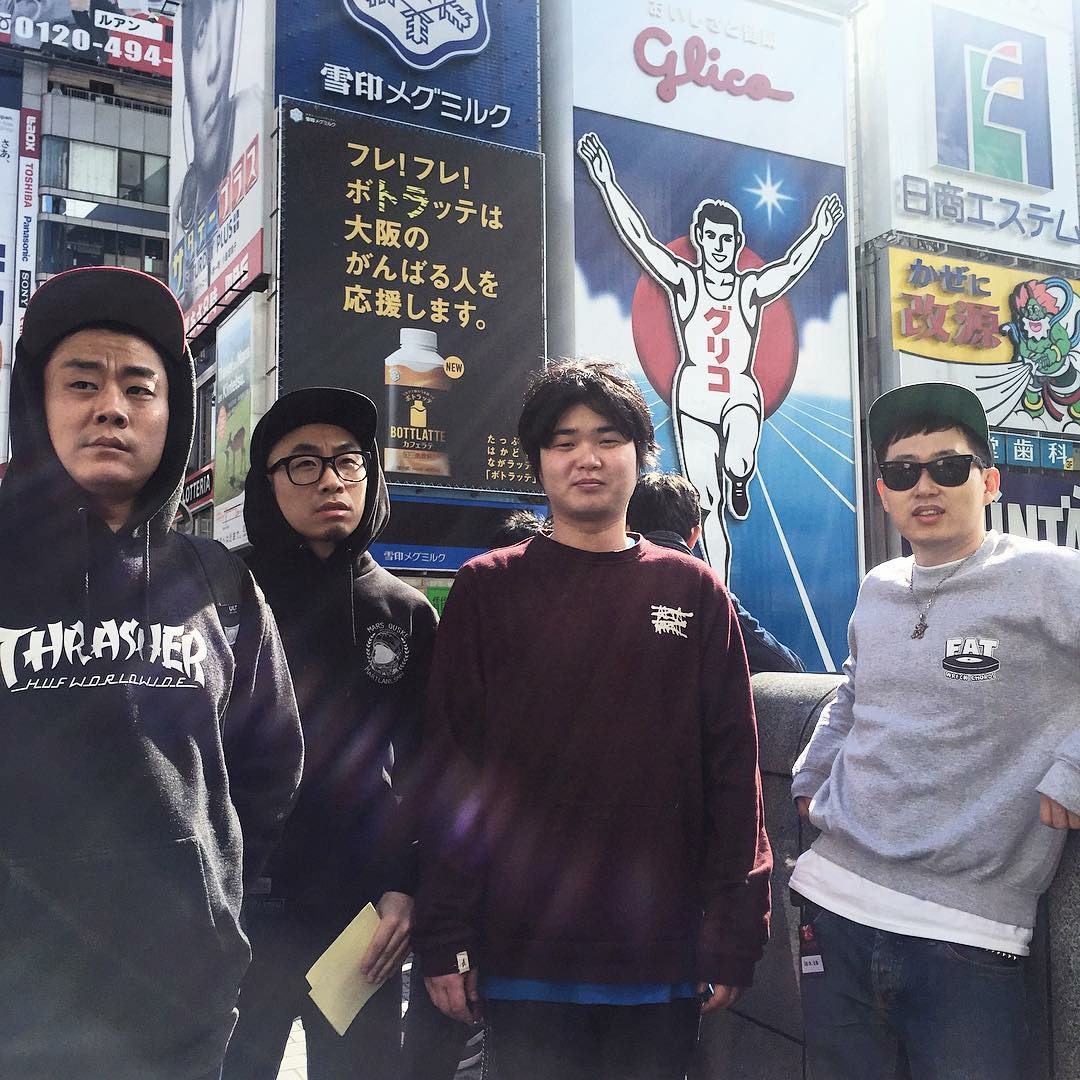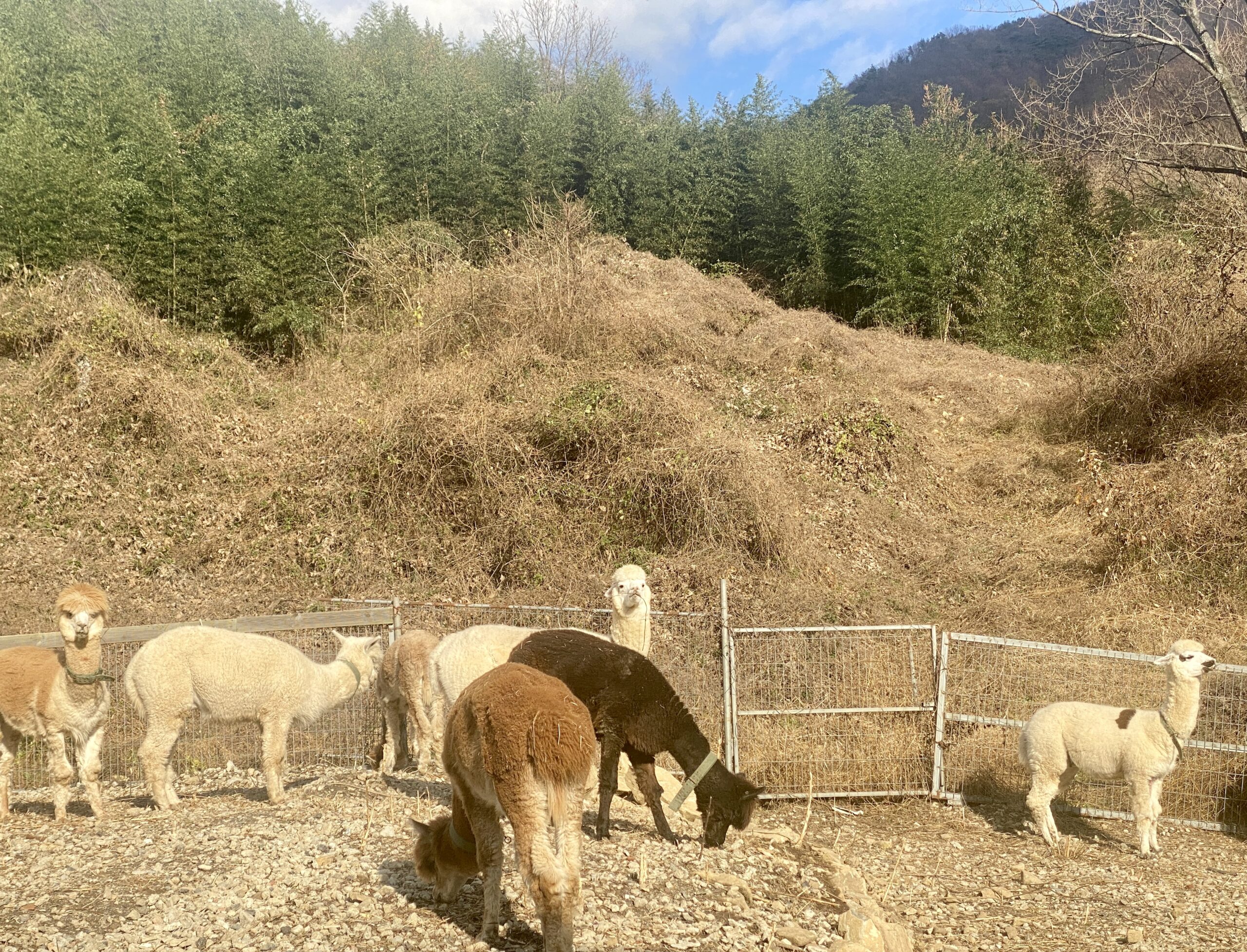Enjoying the Decline: Urban Exploration in South Jeolla
By Niall Ferguson
Urban exploration in one form or another is something I have always done, but I never knew the official name for it until I got to Korea. However, I think I was better off not knowing the name, as it does not do my avocation justice. Its contracted form, “urbexing,” sounds even worse, like some X-Games event. My interests lie as much in rural finds as in urban ones, and back home I did most of my early exploring in suburbs, around the time the U.S. housing market crashed. Given these distinctions, I prefer to refer to my hobby as “enjoying the decline.”
South Jeolla is an underrated mecca for all types of exploring, as its interested population is quite small relative to its abundance of derelict sites. This has left the few who are interested in accessing abandoned buildings with their pick of the region’s low-hanging fruit. Few of the locals seem to care where you go or what you do, so long as you do not cause trouble. I rarely encounter resistance from authority figures here, and even then, I am usually treated as a thing of wonder by the person giving me the boot.
The thing is, if you can at least explain yourself in Korean and are obviously not up to any trouble, most people you encounter will likely either leave you alone or gently escort you out. On the extreme end, some security guards may even invite you into their office to have coffee, as has happened to me. After chatting over coffee, one particular guard gave me a private tour of his favorite part of the building and simply asked me not to post pictures online since it might cost him his job. It is thanks to this relatively laidback attitude in South Jeolla that I have been able to take my hobby so far in such a short time.
In addition to the easygoing environment, another factor that allows me to find some pretty unique things is my willingness to explore almost anything, especially small, seemingly insignificant pockets of rot. It is in some of the least impressive spaces that I have found the most exciting things. For example, a tiny, dilapidated school shoved into the side of a foothill turned out to be a storage space for the local village’s antiques, especially antiquated farm tools that you might otherwise only see if you visited the Gwangju Folk Museum. Had I only been seeking out massive structures, I would have totally missed this.
Another example is the nondescript house of a Korean shaman who also happened to be a hoarder of Buddhist tchotchkes. The inside of the house looks the same as when he lived in it, only now the inside is covered with dust and overgrown with random bamboo plants that have sprung up out of the floor. What happened to this man and why was his house left vacant in such a state? It is just one of the many fascinating micro-mysteries this sort of recreation yields. Had I been turned off by the domicile’s small, colorless exterior, such a find never would have been brought to light.
On the other hand, size has a quality all its own. Some of my favorite large finds are a dilapidated hanok movie set found in the mountains, a massive leather tanning factory equipped with gas masks and a shuttered military base with shooting targets in the shapes of North Korean soldiers. There are so many more worth mentioning, but space is limited.
The best part about urban exploring in South Jeolla is that when you find something, you can rest assured that you are often the first foreigner in the region to do so. Korea is fast running out of places where you can readily assume this. Simply put, there is no better time than now to be enjoying the decline in South Jeolla. Big or small, I can only wonder what else is out there waiting to be found.




